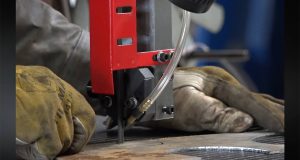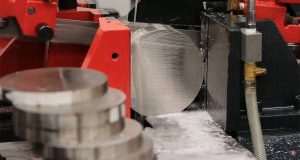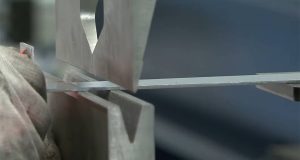Understanding Tooth Per Inch (TPI) Selection
Choosing the right TPI is one of the most important decisions when working with thin-walled tubing and sheet metal. The number of teeth per inch on a bandsaw blade directly influences the blade’s ability to cut cleanly, reduce vibration, and avoid snagging or tearing fragile materials. Using the wrong TPI can lead to inefficient cutting, poor finishes, and even shortened blade life.
What Makes TPI So Important?
The TPI of your bandsaw blade determines the blade’s performance with specific materials. A finer TPI is better for thin materials because it prevents the blade from grabbing or deforming the workpiece. Coarser TPI blades, by contrast, are suited to thicker materials where the tooth spacing allows for faster chip removal.
How TPI Affects Cutting Performance
Choosing the correct TPI is key to achieving optimal results. Here are some common benefits of selecting the proper tooth count:
- Cleaner, smoother edges with minimal burrs
- Improved control and precision when cutting curves or thin materials
- Reduced blade wear and longer lifespan
- Lower risk of damaging your workpiece
Avoiding Common Mistakes
One common mistake is using too coarse a TPI for thin materials, which leads to tearing or snags. Another is using too fine a TPI on thick stock, which can clog gullets and reduce cutting speed. Selecting the correct TPI for your material’s thickness ensures balanced performance between speed, accuracy, and finish.
Blade Design Continues to Improve
Modern bandsaw blades are designed with more sophisticated tooth patterns, set configurations, and materials. These improvements provide better chip clearance, heat resistance, and durability. The right blade, paired with the right TPI, will not only improve your results but also reduce downtime and blade replacement costs.
Test Your Knowledge: Take the Tooth Preference Quiz on SawbladeUniversity
Ready to see how well you understand bandsaw tooth configurations? Head over to SawbladeUniversity and take the Tooth Preference Quiz. This quick and informative quiz helps you evaluate your knowledge of TPI (Teeth Per Inch), tooth patterns, and how they impact your cutting results. It’s a great way to sharpen your skills and ensure you’re choosing the right blade for every job. Give it a try and see how your expertise stacks up!
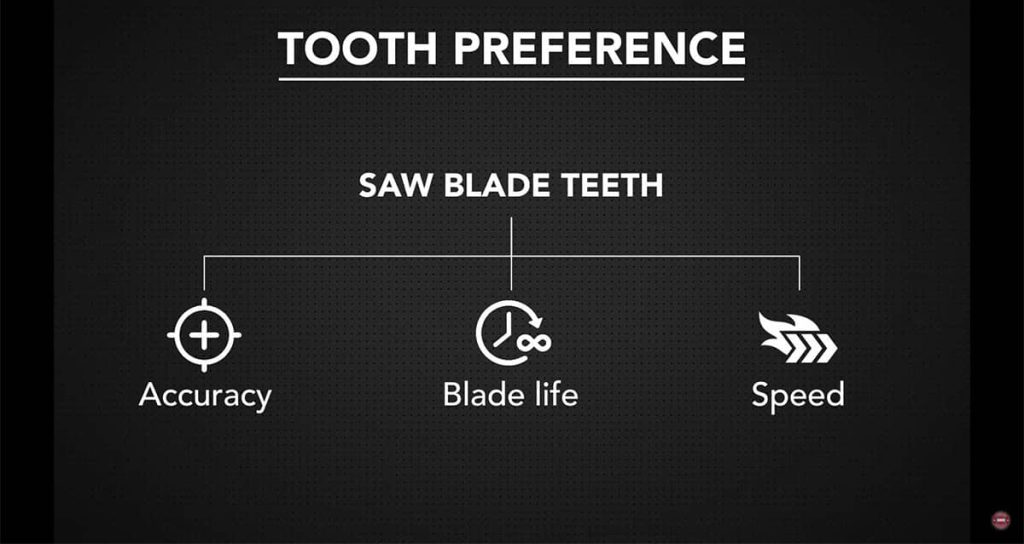
TPI Recommendations at a Glance
| Material Thickness | Recommended TPI |
|---|---|
| Thin Sheet Metal (up to 1/8″) | 18-32 TPI |
| Medium Sheet Metal (up to 1/4″) | 14-18 TPI |
| Thin-Walled Tubing | 18-24 TPI |
| Thicker Tubing / Pipe | 10-14 TPI |
These guidelines help ensure you achieve optimal cutting speed and surface finish based on your material type.
Finding the Right Fit for Your Shop
Every fabrication shop has different needs, depending on the range of materials handled. Investing in a selection of blades with varied TPI counts allows operators to swap out blades as needed for specific applications. This flexibility helps avoid compromise on cut quality or efficiency.
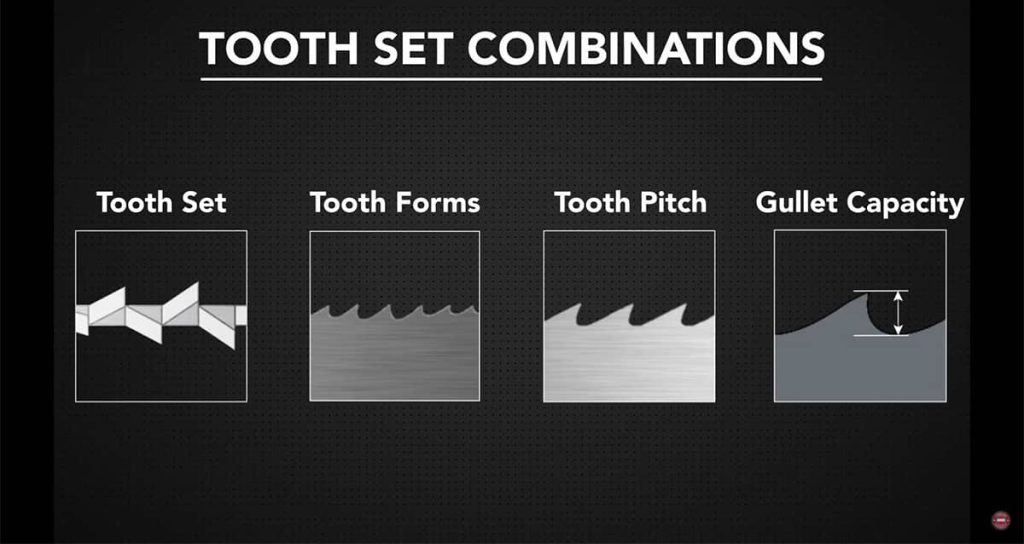
Tips for Getting the Most from Your Blades
- Match TPI to material thickness
- Always use sharp blades to reduce heat and stress
- Adjust your feed rate and speed based on the material and TPI
- Keep blades clean from debris buildup to maintain performance
Learn More About Bi-Metal Blades and Their Best Applications
If you want to make more informed choices when selecting bandsaw blades, take a moment to read our article, “Understanding Bi-Metal Blades: What Are They Used For?“ This resource breaks down how bi-metal blades are constructed and why they’re such a popular choice for cutting a wide range of materials. Whether you’re working with metal, plastic, or wood, understanding blade composition helps you get better results and extend blade life. Visit the article to gain helpful insights before your next project.
Why TPI Knowledge Pays Off
Understanding TPI selection will help you make better purchasing decisions, reduce waste, and achieve cleaner cuts. Whether you’re working with thin-walled tubing, light sheet metal, or more complex shapes, selecting the right TPI is essential to getting the results you expect from your bandsaw.

